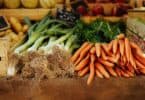In a world saturated with processed foods, the culinary landscape is craving the freshness and vibrancy that can only be achieved with fresh ingredients. It’s time to break free from the artificial compounds and preservatives that plague our plates.
With a focus on using high-quality ingredients, one can unlock a world of flavor and nutritional value. From proper prep techniques to precise measurements, this article will guide readers on their journey to better cooking through the power of fresh ingredients.
Key Takeaways
- Cooking with fresh ingredients preserves the nutritional value and improves the flavor of the food.
- Prepping before cooking saves time and money, and being organized and tidy while cooking helps streamline the process.
- Proper measurement and organization, known as mise en place, is crucial for successful cooking.
- Using the right cooking techniques, such as preheating pans, resting meat, and seasoning food properly, enhances the taste and quality of the dish.
The Importance of Using Fresh Ingredients
Using fresh ingredients in cooking enhances the flavor and nutritional value of the meal. It is important to buy locally sourced ingredients as they are often fresher, tastier, and support local farmers and businesses.
Locally sourced ingredients are typically harvested at their peak ripeness, ensuring maximum flavor and nutritional content. To properly store fresh ingredients, it is essential to keep them in the right conditions.
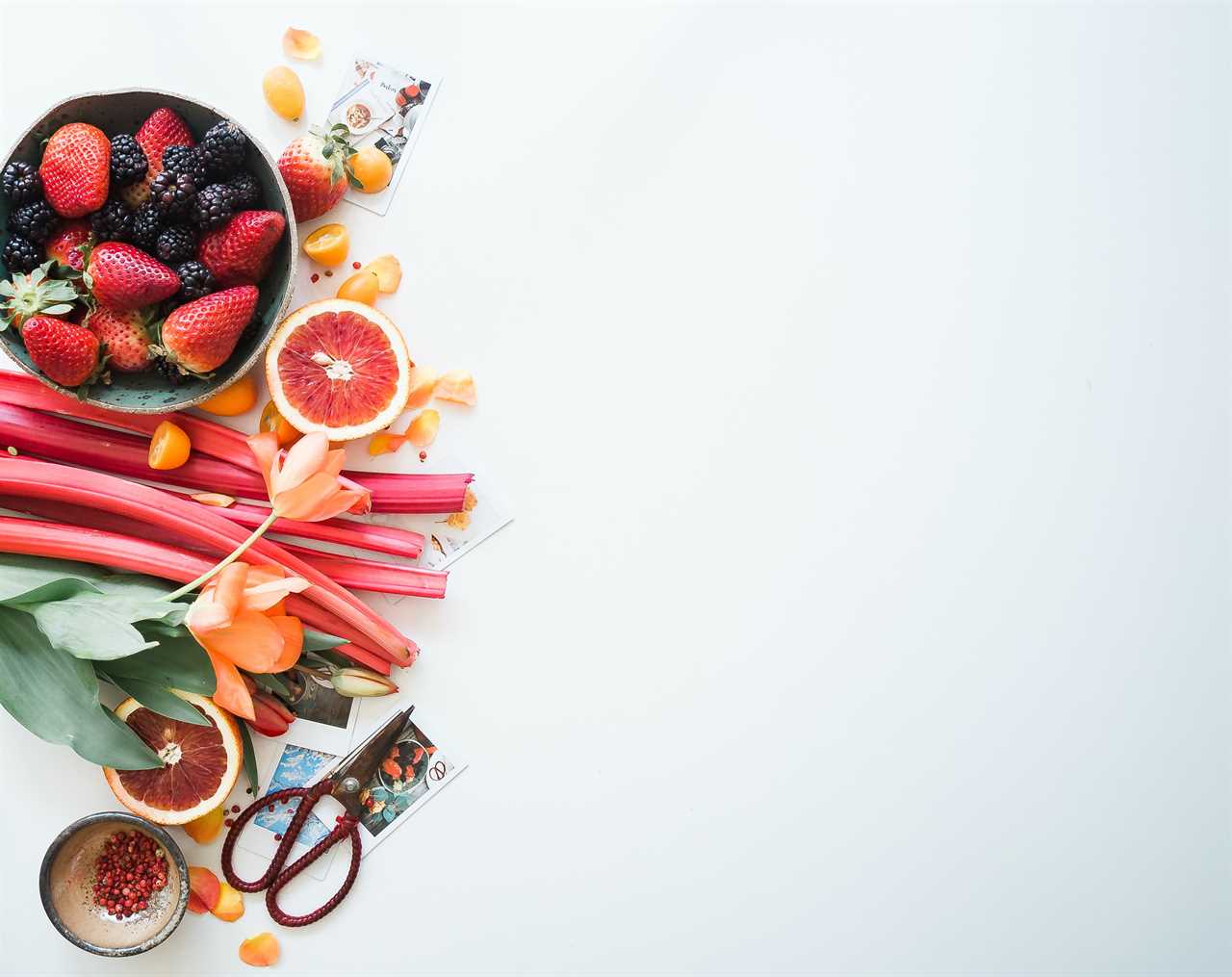
Leafy greens should be stored in the refrigerator in a breathable bag to maintain their crispness. Fruits should be stored at room temperature until ripe, and then refrigerated to prolong their freshness. Herbs can be stored in a glass of water, covered with a plastic bag, to keep them hydrated.
Prepping Techniques for Cooking With Fresh Ingredients
Prepping before cooking saves time and money, helping to streamline the cooking process. When it comes to cooking with fresh ingredients, proper preparation is key.
There are several prepping techniques that can make cooking with fresh ingredients much easier. First, it’s important to wash and chop all the necessary ingredients before starting to cook. This ensures that everything is ready to go and saves time during the cooking process.
Additionally, prepping ingredients ahead of time allows for better organization and ensures that all the necessary ingredients are on hand. Cooking with fresh ingredients has numerous benefits, including improved flavor, better nutritional value, and the avoidance of artificial compounds found in processed foods.
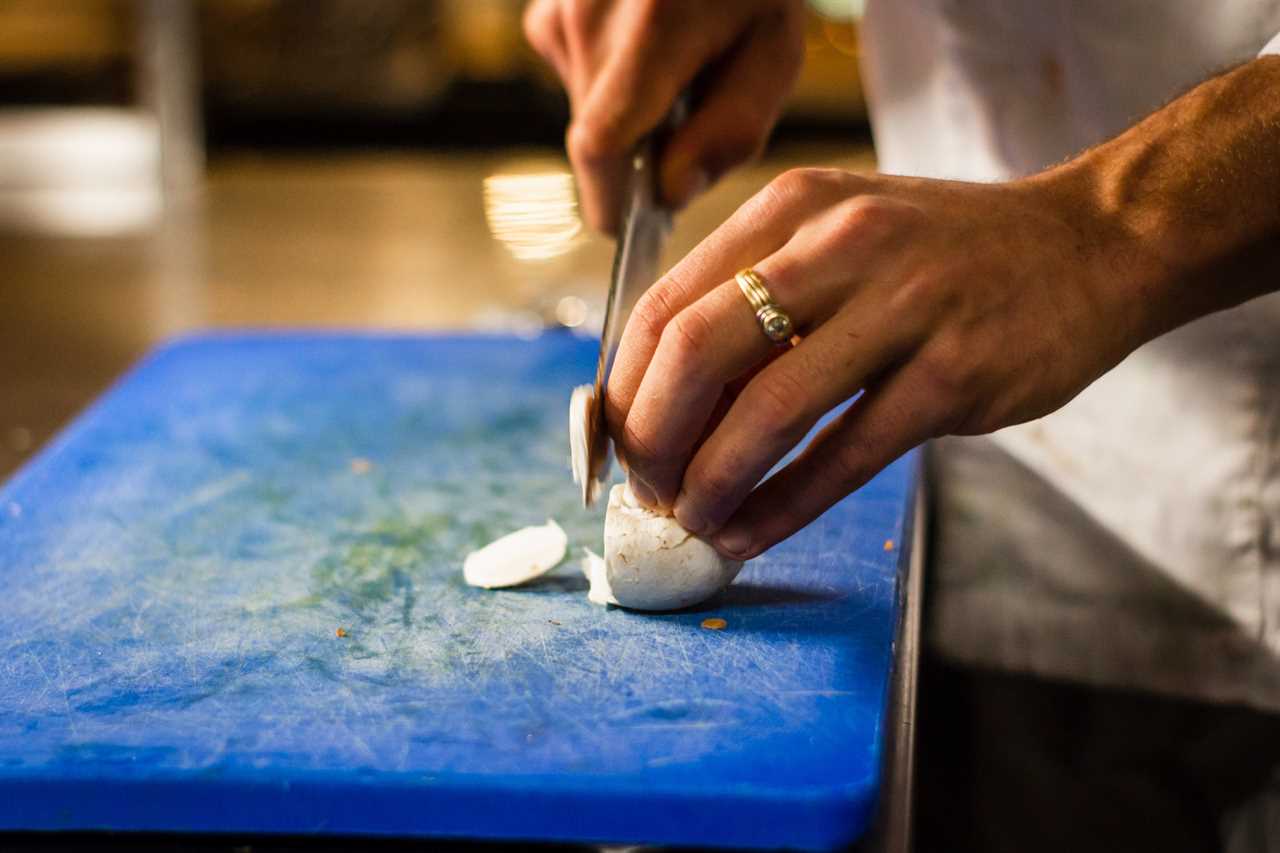
Proper Measurement and Organization Tips for Fresh Ingredient Cooking
Proper measurement and organization are crucial for successful cooking with fresh ingredients, ensuring accurate results and a streamlined cooking process. When it comes to cooking with fresh ingredients, using proper measurement techniques is essential. This helps in maintaining the balance of flavors and textures in the dish. Using measuring cups and spoons ensures accurate quantities of ingredients, preventing any experiments that can ruin the final outcome. Additionally, being organized in the kitchen is equally important. Creating a checklist of everything needed before cooking and setting up the kitchen station with tools and ingredients within reach promotes efficiency and a smooth cooking process. To add a level of sophistication to the writing, here is a table that provides organizational tips for cooking with fresh ingredients:
| Proper Measurement Techniques | Organizational Tips for Fresh Ingredient Cooking |
|---|---|
| Use measuring cups and spoons | Create a checklist before cooking |
| Measure dry ingredients ahead of time and store in Ziploc bags | Set up the kitchen station with tools and ingredients within reach |
| Measure wet ingredients 15-20 minutes before cooking | Maintain a clean and organized workspace |
Recipe Preparation and Cooking Techniques for Fresh Ingredient Dishes
When preparing a recipe with fresh ingredients, it’s important to read the instructions in advance to ensure that all necessary steps and techniques are understood. This will help in achieving a successful outcome and a delicious dish.
To enhance the presentation of your recipe, consider the following tips:
- Pay attention to the plating and arrangement of the dish to create an appealing visual presentation.
- Use garnishes like fresh herbs, edible flowers, or colorful vegetables to add a pop of color and freshness to the plate.
In addition to recipe presentation, the right cooking equipment is essential for achieving the best results:

- Invest in high-quality cookware that evenly distributes heat and prevents food from sticking.
- Use the appropriate size and type of pots, pans, and utensils according to the recipe instructions.
- Consider using specialized tools such as a meat thermometer or a kitchen scale for precise cooking.
Tips for Cooking Meat and Using Butter With Fresh Ingredients
To achieve tender and flavorful meat, it is recommended to let it rest after cooking. Resting meat allows the juices to redistribute evenly throughout, resulting in a more moist and delicious final product. When meat is sliced immediately after cooking, the juices pour out, compromising the flavor. This happens because heat during cooking pushes moisture inward, concentrating it in the center of the meat. Patience in letting the meat rest enhances the taste value.
When it comes to cooking meat, there are various techniques that can be used. Grilling, roasting, and braising are popular methods that can yield different flavors and textures. It’s important to choose the right technique based on the type of meat and desired outcome.
Additionally, using unsalted butter as a cooking fat gives full control over the salt quantity in recipes. For those who prefer to avoid butter, there are alternative options available, such as olive oil, coconut oil, or ghee. These alternatives can provide a similar richness and flavor to dishes while still maintaining the desired level of freedom in cooking.
Cooking Techniques and Tips for Thawing and Seasoning Fresh Ingredients
Thawing meat in the refrigerator is the safest option to avoid bacterial contamination. This method allows the meat to thaw slowly and evenly, reducing the risk of harmful bacteria growth.

To grab the attention of the audience, here are two important bullet points about thawing methods and seasoning techniques:
Thawing Methods:
- Thaw meat in the refrigerator for a safe and controlled thawing process.
- Avoid thawing meat at room temperature, as it can promote bacterial growth.
Seasoning Techniques:
- Seasoning food while cooking enhances the flavors and adds depth to the dish.
- Start with the recipe instructions as a guide and adjust the seasoning to taste during cooking.
By following proper thawing methods and mastering seasoning techniques, you can ensure safe and flavorful meals using fresh ingredients.
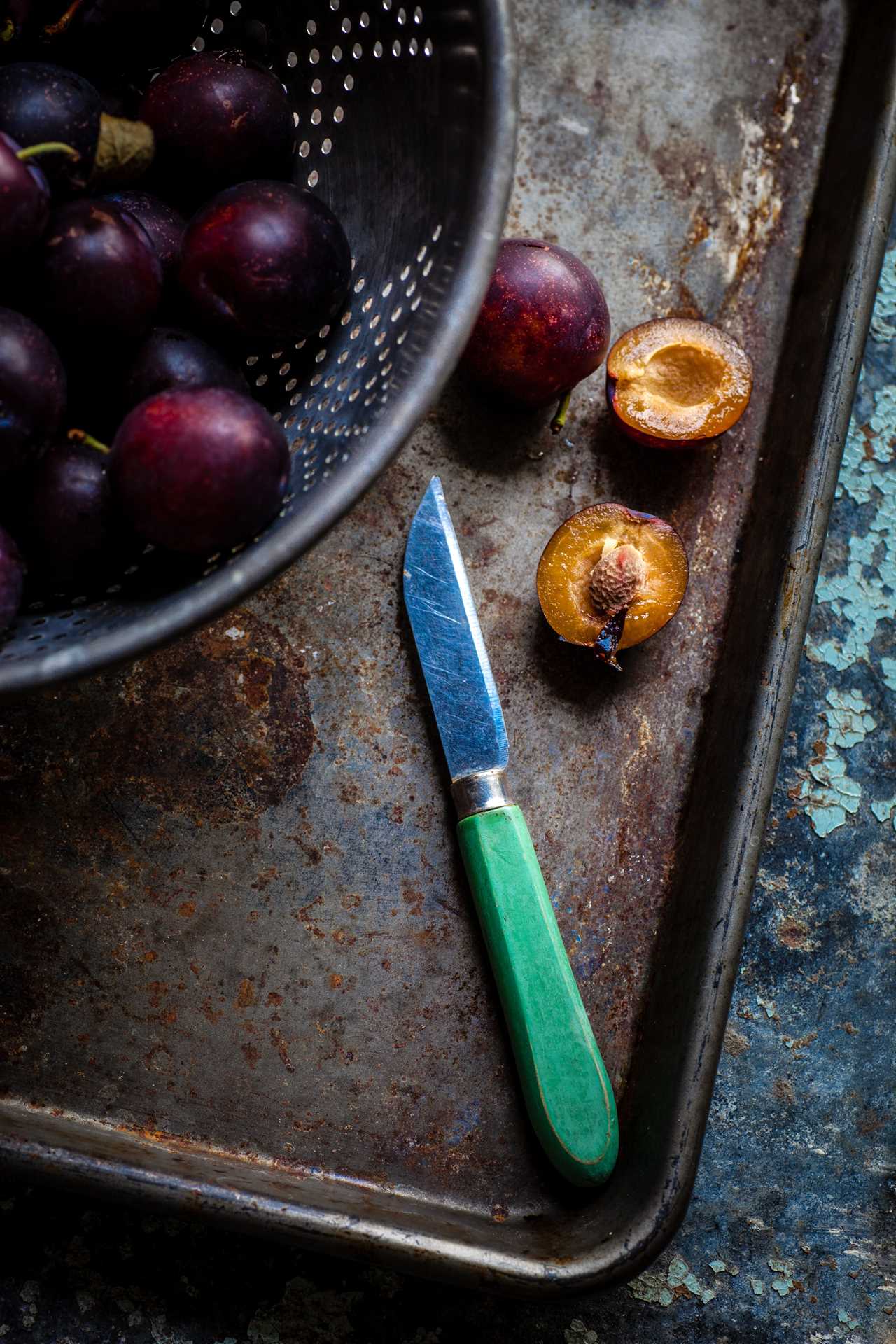
Essential Tips for Cooking With Fresh Ingredients
Using high-quality, seasonal produce elevates the taste and nutritional value of meals. Cooking with fresh produce not only adds vibrant flavors to dishes, but it also provides numerous benefits.
Fresh ingredients are packed with essential vitamins, minerals, and antioxidants that are crucial for maintaining good health. They are free from artificial additives, pesticides, and preservatives commonly found in processed foods. By using fresh ingredients, you have the freedom to control the quality and quantity of what goes into your meals.
Additionally, cooking with fresh produce allows you to support local farmers and promote sustainability. Whether it’s crisp vegetables, juicy fruits, or fragrant herbs, incorporating fresh ingredients into your cooking not only enhances the taste but also contributes to a healthier and more enjoyable dining experience.
Frequently Asked Questions
Can I Use Frozen Ingredients Instead of Fresh Ones?
Using frozen ingredients instead of fresh ones can be a convenient option, but there are some benefits to using fresh ingredients in cooking.

Fresh ingredients tend to have better flavor and texture, and they also retain more of their nutritional value.
However, if you do choose to use frozen ingredients, there are some tips to keep in mind.
Make sure to properly thaw the ingredients before cooking, and be mindful of any changes in texture or moisture levels.
Additionally, adjust cooking times and temperatures as needed when using frozen ingredients.

What Are Some Common Mistakes to Avoid When Using Fresh Ingredients?
Common mistakes to avoid when using fresh ingredients include mishandling and overcooking.
Mishandling can occur when not properly washing produce or not storing it correctly, leading to contamination or spoilage.
Overcooking fresh ingredients can result in loss of flavor, texture, and nutrients. It’s important to follow proper cooking times and techniques to ensure the best results.
How Can I Tell if an Ingredient Is Fresh or Not?
When it comes to determining the freshness of ingredients, there are certain signs of spoilage to look out for.

For fruits and vegetables, check for mold, discoloration, and a strong odor.
Seafood should have a fresh, mild scent and firm texture.
Meat and poultry should be bright in color with no unpleasant smell.
When selecting produce, choose items that are firm, vibrant in color, and free from bruises or blemishes.
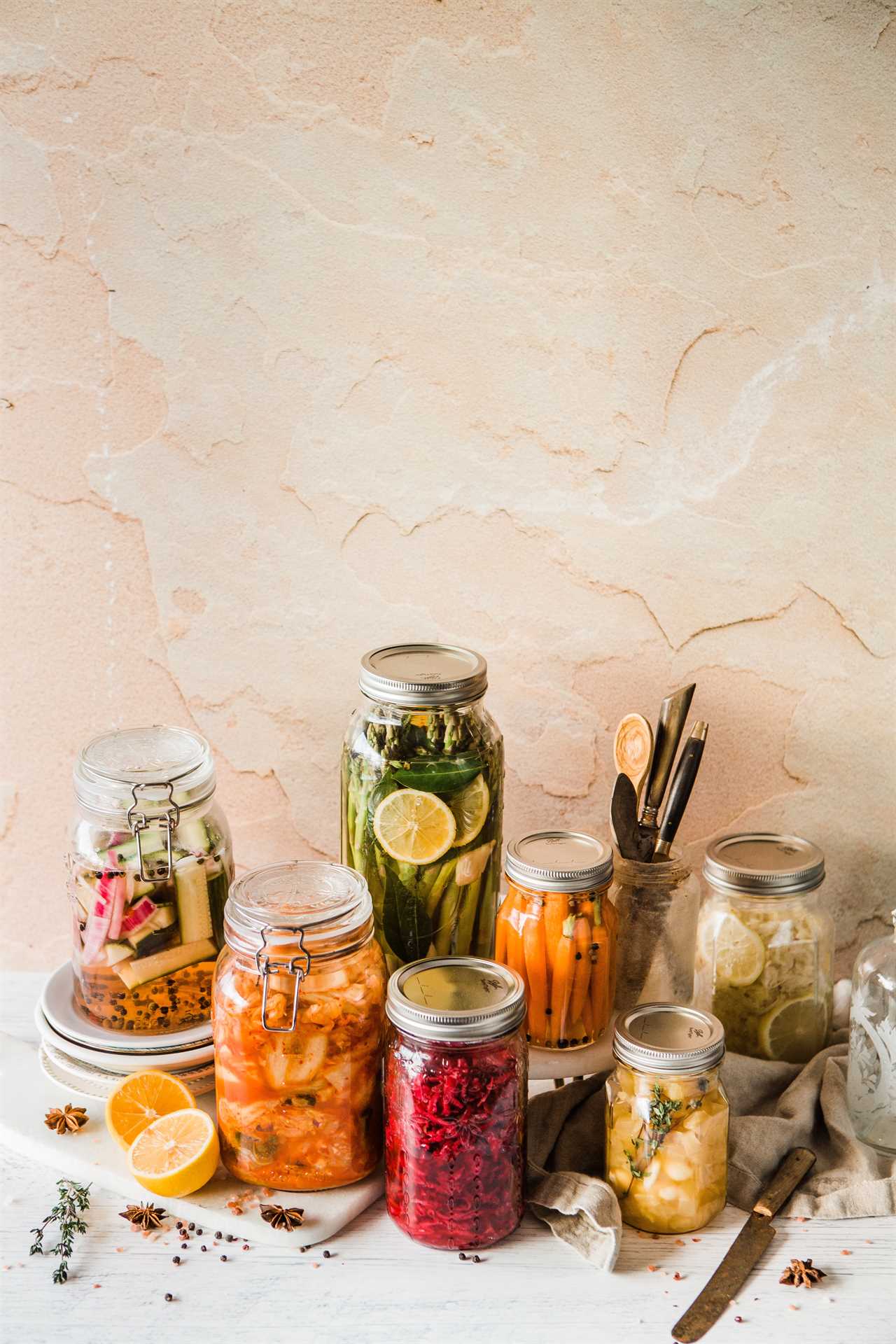
Additionally, trust your senses and use common sense when assessing the freshness of ingredients.
Are There Any Specific Cooking Techniques That Work Best With Fresh Ingredients?
Cooking with fresh ingredients not only enhances the flavors of a dish but also offers numerous benefits. When it comes to specific cooking techniques, fresh ingredients truly shine. Whether it’s sautéing, roasting, or grilling, fresh ingredients retain their natural flavors and textures, resulting in a more vibrant and delicious meal.
The benefits of using fresh ingredients extend beyond taste – they provide higher nutritional value, better quality, and improved overall health. So, incorporating fresh ingredients into your cooking techniques is a surefire way to elevate your culinary creations.
How Do I Properly Store Fresh Ingredients to Maintain Their Freshness?
Proper storage techniques are essential for maintaining the freshness of fresh ingredients and extending their shelf life. Storing fruits and vegetables in the refrigerator can help slow down the ripening process and prevent spoilage. It’s important to store them separately to avoid cross-contamination and to keep them in breathable bags or containers.
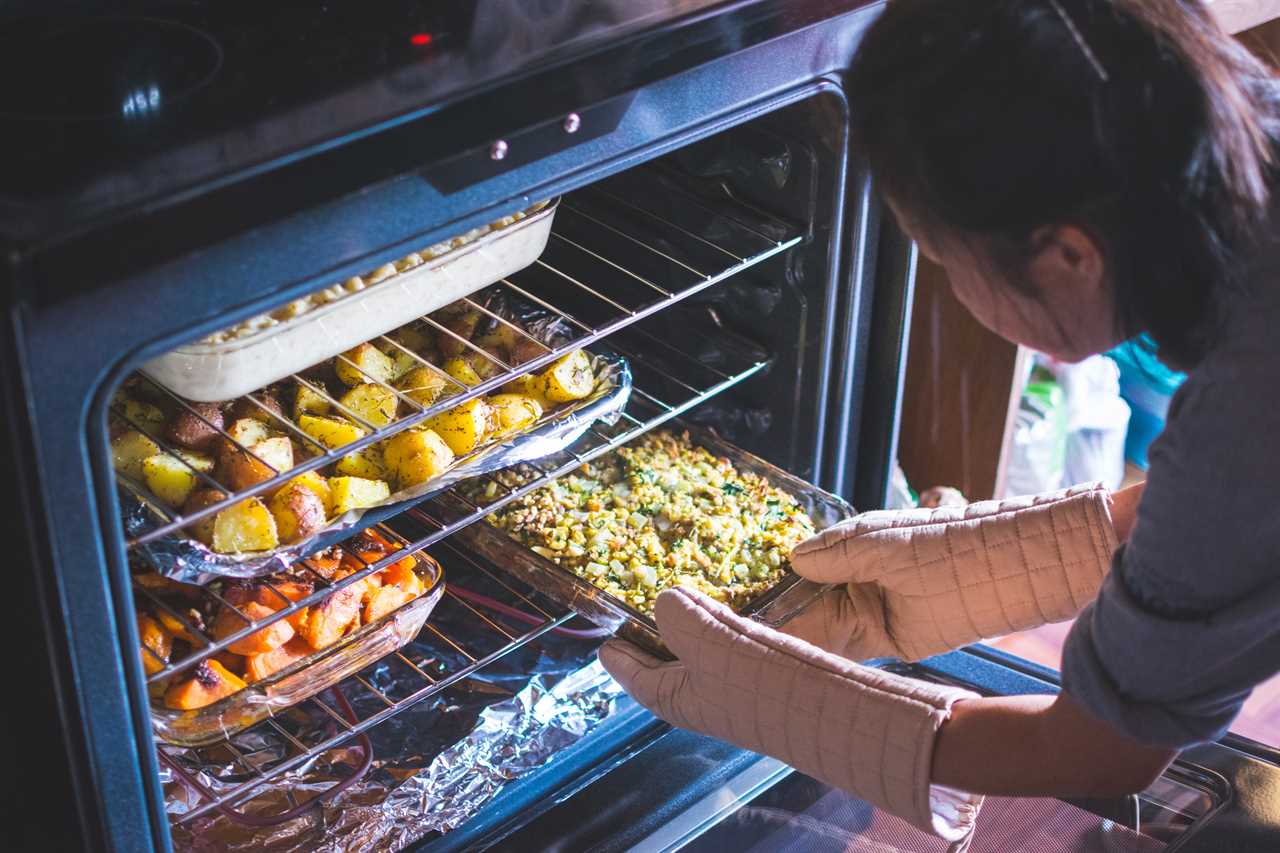
Fresh herbs can be stored in a glass of water with a plastic bag over the top. For longer-term storage, freezing fresh ingredients can be a great option.
Did you miss our previous article…
http://www.greek-visions.com/el/exploring-the-yahoo-family-of-brands/







